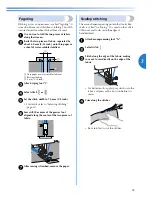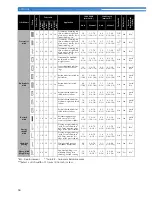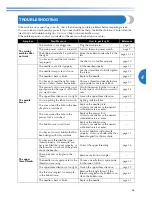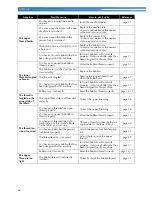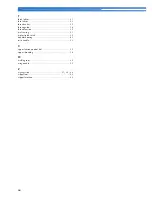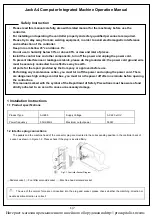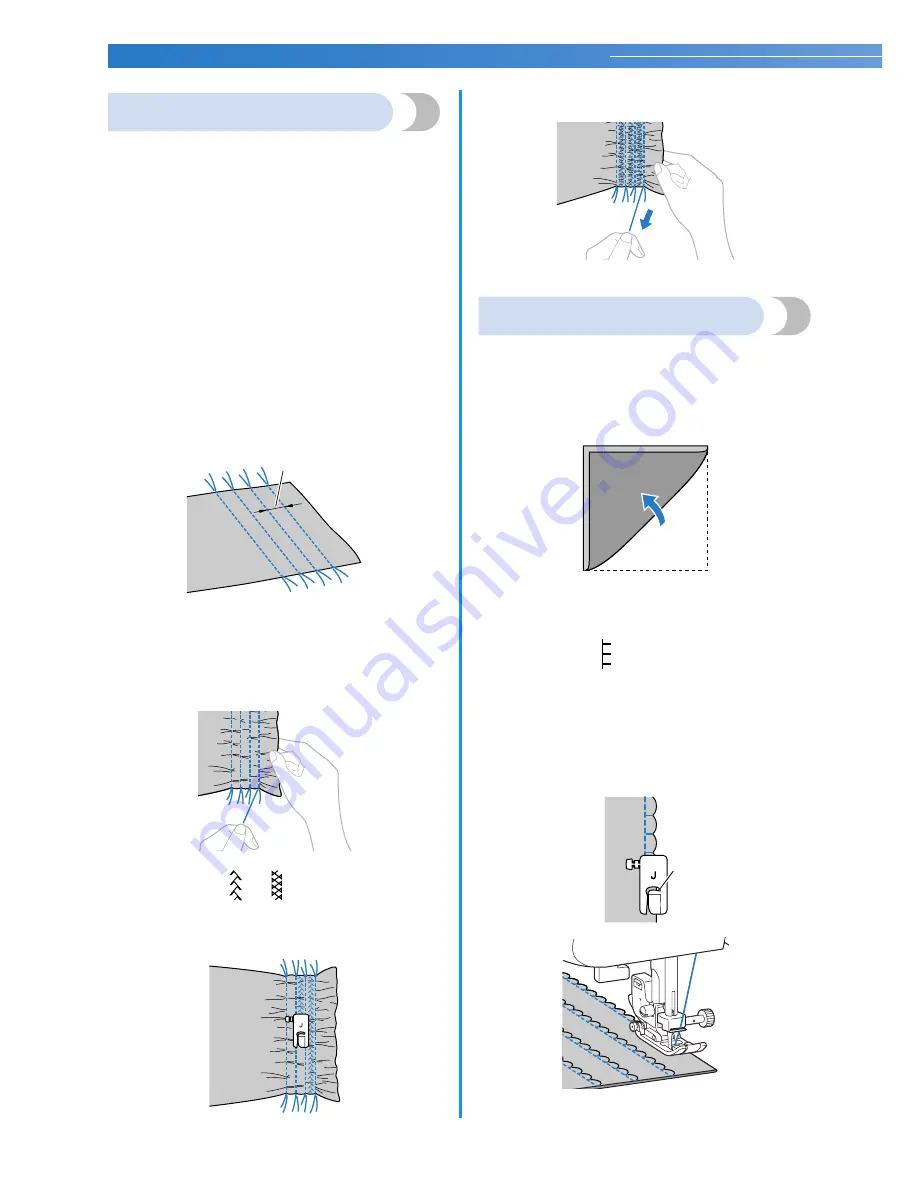
UTILITY STITCHES
——————————————————————————————————————————————————
54
Smocking
The decorative stitch created by stitching or
embroidering over gathers is called “smocking”. It is
used to decorate the front of blouses or cuffs.
The smocking stitch adds texture and elasticity to
fabric.
a
Attach zigzag foot “J”.
b
Select the straight stitch, and then adjust the
stitch length to 4.0 mm (3/16 inch) and loosen
the thread tension.
• For details, refer to “Selecting stitching”
(page 27) and “Thread tension” (page 29).
c
Sew parallel stitching at intervals of 1 cm
(3/8 inch).
a
1 cm (3/8 inch)
• Do not sew reverse/reinforcement stitches or
cut the thread.
d
Pull the bobbin threads to create gathers.
Smooth the gathers by ironing them.
e
Select stitch
or
.
f
Stitch between the straight stitches.
g
Pull out the threads for the straight stitches.
Shell tuck stitching
The gathers that look like shells are called “shell
tucks”. They are used to decorate trims, the front of
blouses or cuffs made of thin fabrics.
a
Fold the fabric along the bias.
b
Attach zigzag foot “J”.
c
Select stitch
, and then increase the thread
tension.
• For details, refer to “Selecting stitching”
(page 27).
d
Sew while making sure that the needle drops
slightly off the edge of the fabric.
a
Needle drop point
1
1














